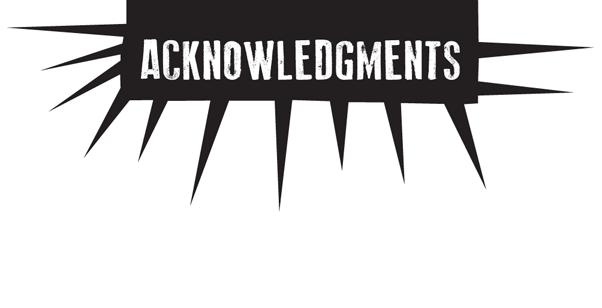
 am grateful to Belt Publishing founder Anne Trubek for enlisting me to work with her in 2014 and for her support of this book through thick and thin, and to Nicole Boose, Bill Rickman, and everyone else at Belt. Thanks also to Ryan Schnurr, for invaluable editorial assistance and poetic insight, to my friend and brilliant book designer Sheila Sachs, and to Michael Jauchen for proofreading. And thank you to Tony Fitzpatrick, whose beautiful cover art surpasses imagination. Lastly, thanks to the writers, for your patience and your talent; Im so happy youve let me harness just a little bit of it in these pages.
am grateful to Belt Publishing founder Anne Trubek for enlisting me to work with her in 2014 and for her support of this book through thick and thin, and to Nicole Boose, Bill Rickman, and everyone else at Belt. Thanks also to Ryan Schnurr, for invaluable editorial assistance and poetic insight, to my friend and brilliant book designer Sheila Sachs, and to Michael Jauchen for proofreading. And thank you to Tony Fitzpatrick, whose beautiful cover art surpasses imagination. Lastly, thanks to the writers, for your patience and your talent; Im so happy youve let me harness just a little bit of it in these pages.
Martha Bayne
Similar titles by Belt Publishing:
The Akron Anthology
Car Bombs to Cookie Tables: The Youngstown Anthology
The Cincinnati Anthology
A Detroit Anthology
Happy Anyway: A Flint Anthology
The Pittsburgh Anthology
Right Here, Right Now: The Buffalo Anthology
Rust Belt Chic: The Cleveland Anthology
Rust Belt Chicago: An Anthology
Copyright 2017 Belt Publishing
All rights reserved. This book or any portion hereof may not be reproduced or used in any manner whatsoever without the express written permission of the publisher except for the use of brief quotations in a book review. Printed in the United States of America.
First edition 2017
ISBN: 978-0-9977743-7-5

Belt Publishing
1667 E. 40th Street #1G1
Cleveland, Ohio 44120
www.beltmag.com
Cover art by Tony Fitzpatrick
Book design by Sheila Sachs


MARTHA BAYNE
 hicago is built on a foundation of meat and railroads and steel, on opportunity and exploitation. But while its identity long ago expanded beyond manufacturing, the city continues to lure new residents from around the world, and from across a region rocked by recession and deindustrialization and the patterns and problems of the Rust Belt dont disappear once you hit the Skyway headed west. In fact, theyre often amplified, as the scale of the third-largest city in the country would demand.
hicago is built on a foundation of meat and railroads and steel, on opportunity and exploitation. But while its identity long ago expanded beyond manufacturing, the city continues to lure new residents from around the world, and from across a region rocked by recession and deindustrialization and the patterns and problems of the Rust Belt dont disappear once you hit the Skyway headed west. In fact, theyre often amplified, as the scale of the third-largest city in the country would demand.
A city defined by movement thats the anchor of the Midwest, Chicago is bound to its neighbors by a shared ecosystem and history. A city of migrants and a city of strivers, at once part of the glittering global economy and resolutely tied to its geography, Chicagos complicated both of the Belt and beyond it; the buckle, as it were. At Belt Publishing, we thought that the question of what Chicagos relationship is to the region at large deserved a book of its own.
Its not an easy question to answer, though, as I learned editing this anthology. This is the ninth in a series of city anthologies published by Belt, but where the other books have sought to tell the stories of often overlooked (and underwritten) communities like Flint or Youngstown, Chicago is neither. Rather, twenty-first-century Chicago is defined by a (justly) intimidating literary legacy that stretches from the Midland realism of Dreiser and Sinclair through Richard Wright, Gwendolyn Brooks, and Saul Bellow, past Nelson Algren, and on to Studs Terkel, Stuart Dybek, and Sandra Cisneros. Chicago has been the subject of novelists, poets, journalists, and scholars for more than a century and theyre not letting up anytime soon. Who could hope to compete with that? Who would want to?
The initial call for submissions for this book went out in early 2016, and the response was overwhelming. By October Id whittled down the candidates to a manageable forty or so stories, poems, and essays and then Donald Trump was elected president. In the aftermath of the election, I reassessed, and sought out additional work that spoke to one of three themes: deindustrialization, and the economic space Chicago shares with Flint, Detroit, and, Gary, just around the bend in the lake; the shared landscape and ecosystem of the Great Lakes states; and movement, always movement.
Chicagos famously a city of immigrants, from the historically Irish enclaves of the South Side to the Mexican neighborhoods of Pilsen and Little Village and the Devon Avenue corridor thats one of the largest South Asian neighborhoods in North America. And across the twentieth century, Chicago famously was the destination of choice for the millions of African Americans who left the South as part of the Great Migration, and came to indelibly shape the citys culture and politics.
But with the Rust Belt thrust into the post-election spotlight, Chicagos function as a big and at least relatively thriving blue city in the middle of the Midwest itself seemed worth recognizing as well.
Thus, this book is bookended by migration and its effects: whether its Britt Julious migrating from the West Side to Oak Park, Gretchen Kalwinski leaving her inner Region Rat behind in northwest Indiana, Rayshauna Gray tracing her familys path from the South through Chicago and on to points unknown, or Rob Miller remembering the waves of Detroiters who made the journey down I-94 in the 1990s and on into the twenty-first century. Journalists Kari Lydersen and Mark Guarino go deep into Pilsens Mexican bars and Uptowns Appalachian music. And were honored that Aleksandar Hemon, who landed in Chicago from Bosnia in 1992 and never left, is letting us reprint his Reasons Why I Do Not Wish to Leave Chicago, an ode to the city originally published in 2006.
But its not all about movement; some stories are fixed firmly in place, like Michael Van Kerckhoves remembrance of a north-side food pantry, and Sharon Bloyd-Peshkins chronicle of the last days of River Norths Clark & Barlow Hardware. Meanwhile, Kathleen Rooney walks the streets of downtown, on the move, sure, but with her feet squarely grounded in the citys strict geography.
Much of the work in these pages overlaps, defying easy categorization. Linda Garcia Merchants The Urban Rural is as much about division and dislocation as it is about place. Wyl Villacress Sorry Shit Sucks uses fiction to create an intimate articulation of Chicagos crisis of police violence something the city shares with Cleveland, Detroit, and other Rust Belt neighbors, and a subject addressed with journalistic clarity and precision by Sarah Macaraeg and Yana Kunichoff, in their award-winning article How to Win Reparations.
As an editor, I hear the writers collected here singing to each other like the bird on the cover an Arctic Bunting that artist Tony Fitzpatrick notes has no business being in Chicago, yet first popped up in his birders eye perched on a mailbox downtown in the early nineties. At times the song soars in harmony (just count how many times that lake comes up) and at others sounds in notes of strategic dissonance. What truths about Chicago sports can be teased out from the conjunction of Kevin Covals Disco Demolition and David Isaacsons Hard Hat, Lunch Pail? What can be extrapolated about Chicagos industrial past and future from the multiple views offered here of the flaming factories of East Chicago, Hammond, and Calumet, and the beauties of the natural world that persist in such toxic turf?

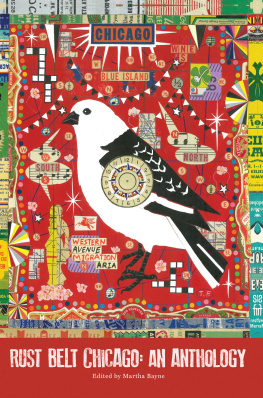
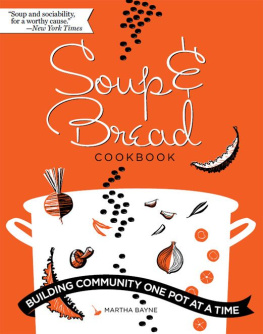
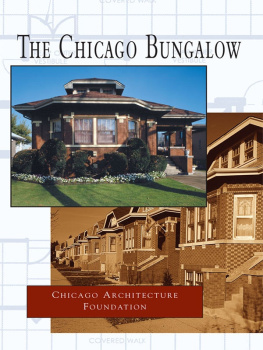
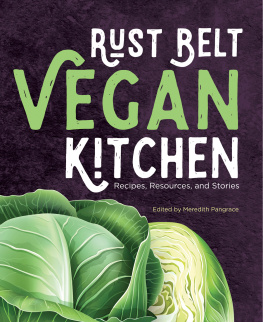
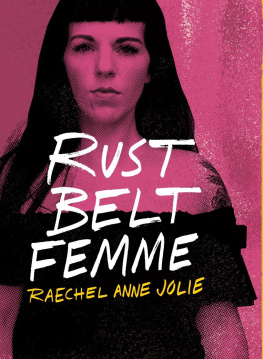
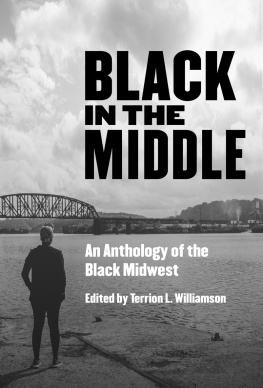
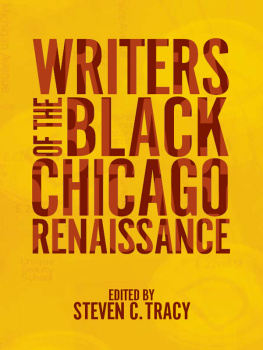

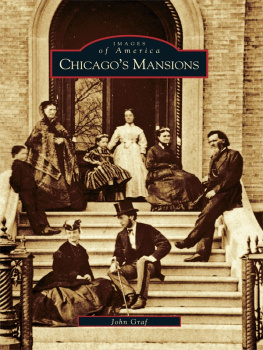
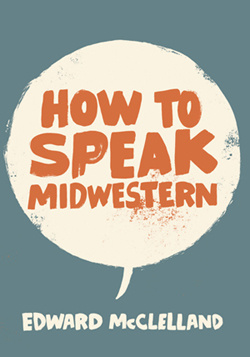
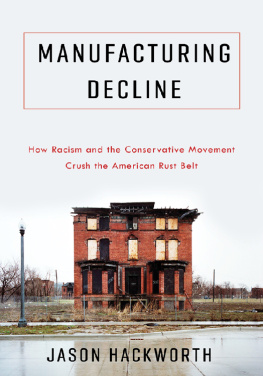
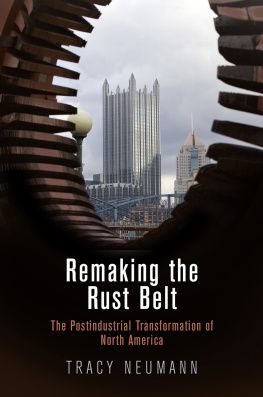



 am grateful to Belt Publishing founder Anne Trubek for enlisting me to work with her in 2014 and for her support of this book through thick and thin, and to Nicole Boose, Bill Rickman, and everyone else at Belt. Thanks also to Ryan Schnurr, for invaluable editorial assistance and poetic insight, to my friend and brilliant book designer Sheila Sachs, and to Michael Jauchen for proofreading. And thank you to Tony Fitzpatrick, whose beautiful cover art surpasses imagination. Lastly, thanks to the writers, for your patience and your talent; Im so happy youve let me harness just a little bit of it in these pages.
am grateful to Belt Publishing founder Anne Trubek for enlisting me to work with her in 2014 and for her support of this book through thick and thin, and to Nicole Boose, Bill Rickman, and everyone else at Belt. Thanks also to Ryan Schnurr, for invaluable editorial assistance and poetic insight, to my friend and brilliant book designer Sheila Sachs, and to Michael Jauchen for proofreading. And thank you to Tony Fitzpatrick, whose beautiful cover art surpasses imagination. Lastly, thanks to the writers, for your patience and your talent; Im so happy youve let me harness just a little bit of it in these pages.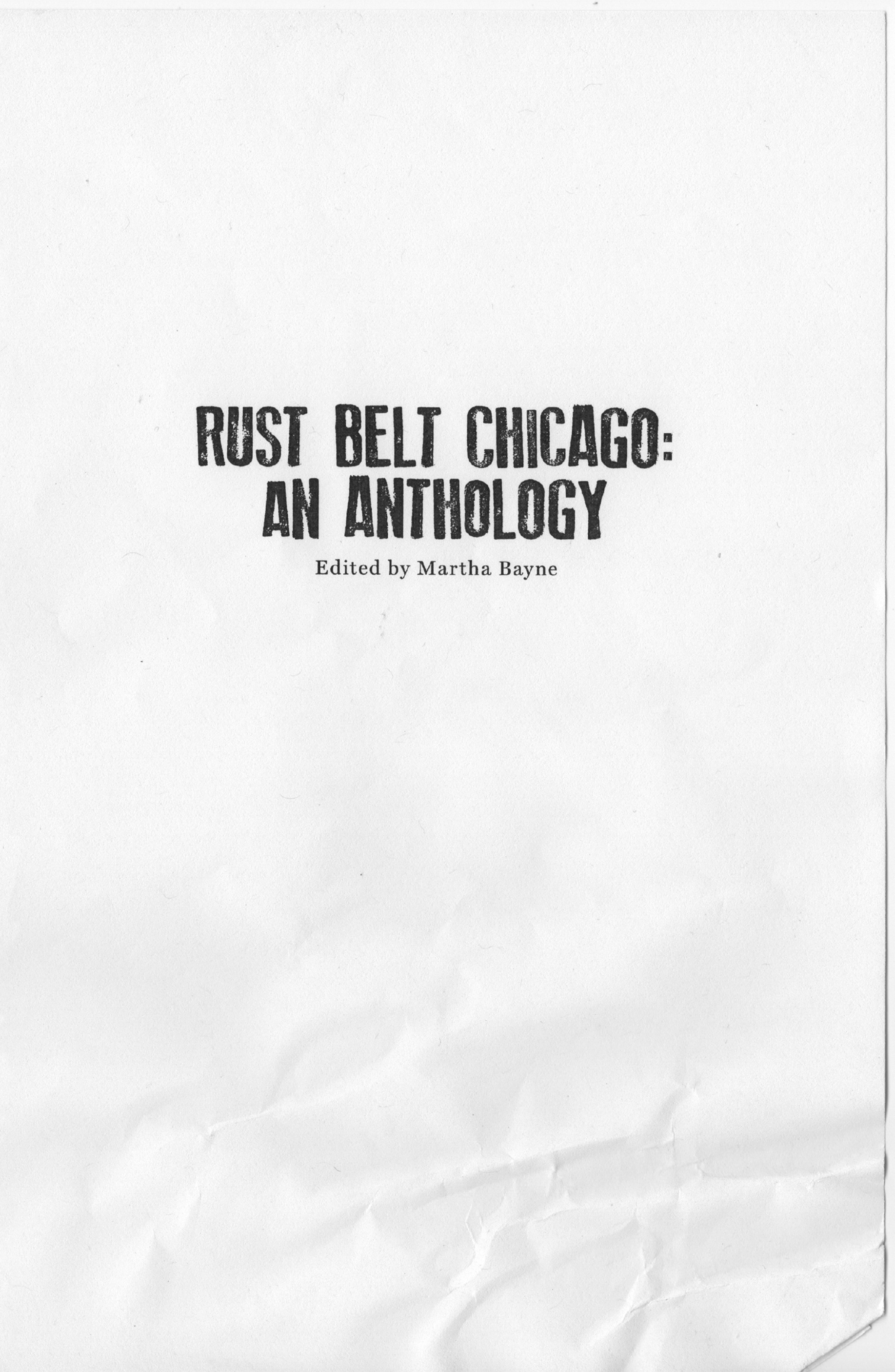



 hicago is built on a foundation of meat and railroads and steel, on opportunity and exploitation. But while its identity long ago expanded beyond manufacturing, the city continues to lure new residents from around the world, and from across a region rocked by recession and deindustrialization and the patterns and problems of the Rust Belt dont disappear once you hit the Skyway headed west. In fact, theyre often amplified, as the scale of the third-largest city in the country would demand.
hicago is built on a foundation of meat and railroads and steel, on opportunity and exploitation. But while its identity long ago expanded beyond manufacturing, the city continues to lure new residents from around the world, and from across a region rocked by recession and deindustrialization and the patterns and problems of the Rust Belt dont disappear once you hit the Skyway headed west. In fact, theyre often amplified, as the scale of the third-largest city in the country would demand.